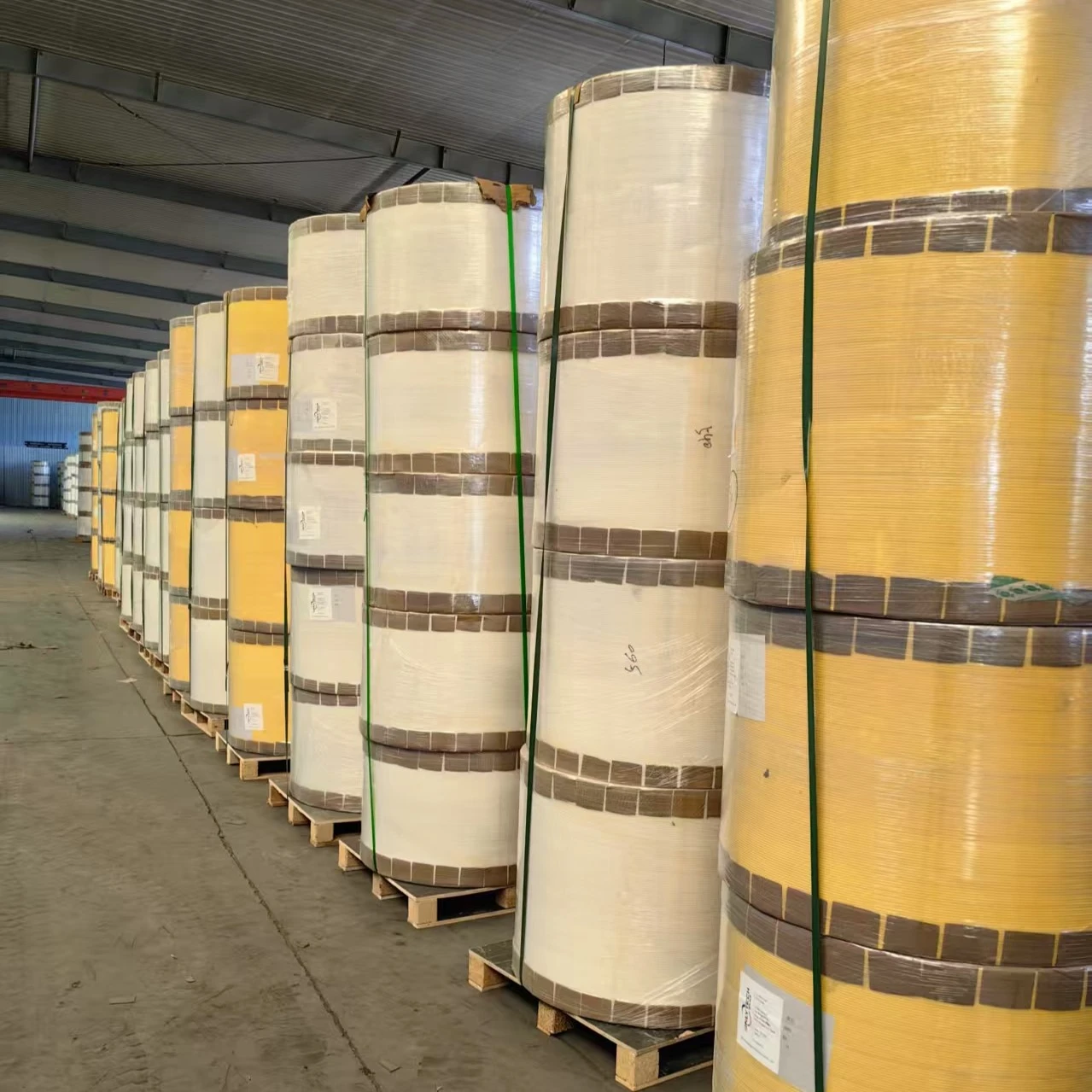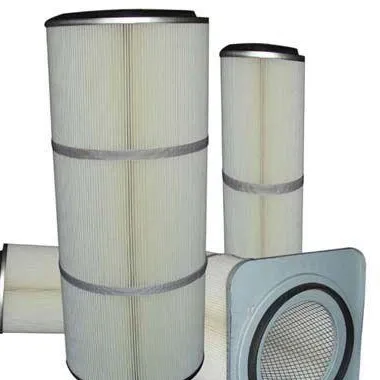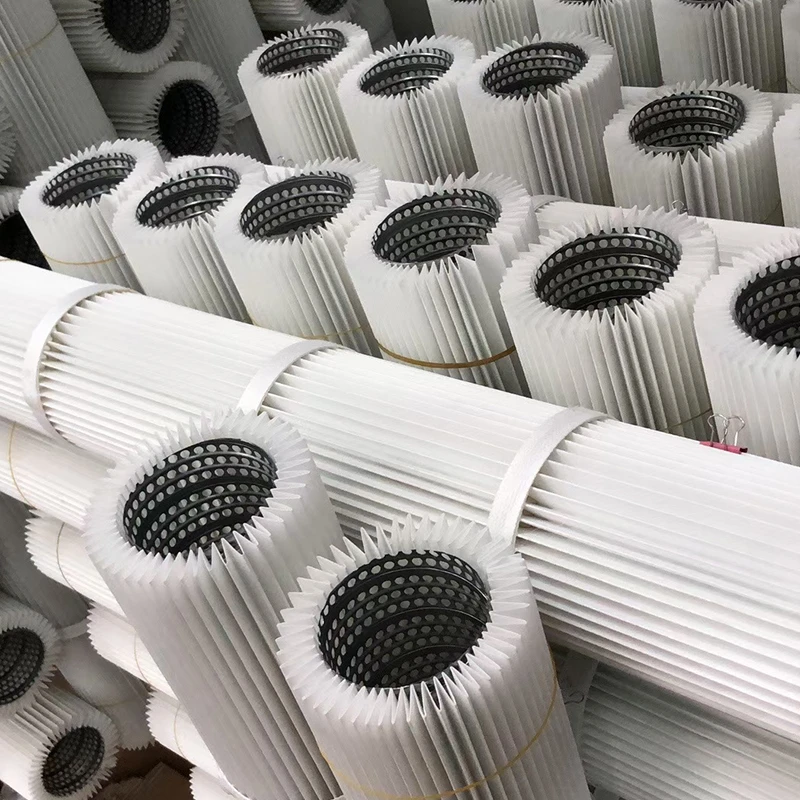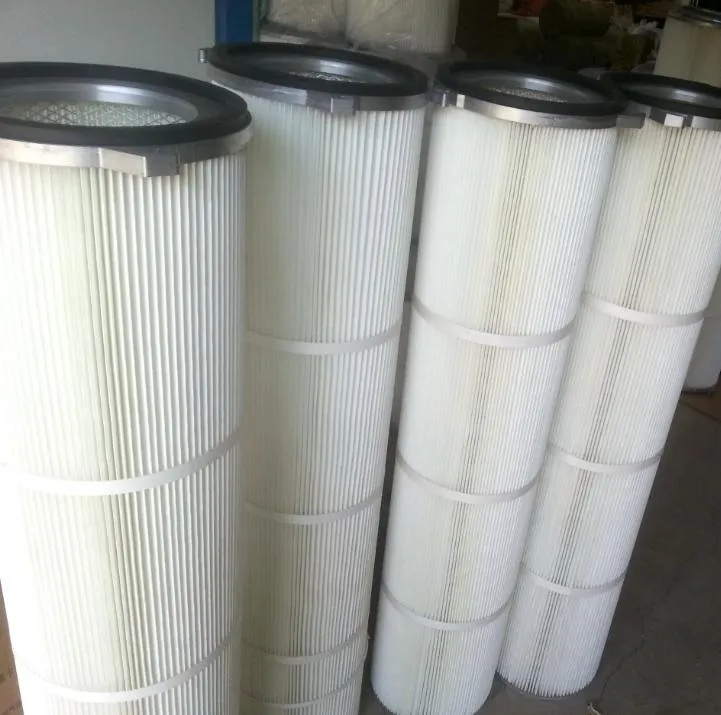 Tel:
+8615930870079
Tel:
+8615930870079
Juin . 03, 2025 14:40 Back to list
Premium Dust Extractor Filter Cartridge High-Efficiency Dust Removal
- Introduction to filtration cartridge importance in dust extraction systems
- Performance data impact from premium filter cartridges
- Technical advantages of advanced filter media
- Comparative analysis of leading industrial cartridge manufacturers
- Custom engineering solutions for specialized applications
- Case studies: Extended equipment life in woodworking and metalworking
- Final considerations when upgrading extraction systems

(dust extractor filter cartridge)
Optimizing Production with Advanced Dust Extractor Filter Cartridges
Industrial dust extraction systems stand as critical defenses protecting both machinery and personnel health. The filtration cartridge represents the technological heart of these systems, directly determining particulate capture efficiency. Operations managers across manufacturing sectors recognize cartridge upgrades as impactful ROI decisions. This article examines core technical attributes, comparative manufacturer performance, and application-specific solutions that transform dust control into strategic asset protection.
Performance Metrics Revolution
Recent ISO 16890 testing reveals premium cartridges deliver substantial operational advantages. Fine cartridge filters for dust extractors averaging MERV 15-16 ratings capture 98.7% of PM2.5 particles, directly impacting OSHA compliance costs. Facilities recording PM10 concentrations exceeding 150 μg/m³ saw reductions to 28 μg/m³ within 72 hours of installing HEPA-grade cartridges. Production environments report 18% average decrease in machine downtime when upgrading from panel filters to pleated cartridge designs. Crucially, static pressure differentials remain below 150 Pa for 72% longer intervals in pulsed cartridge systems versus traditional solutions.
Engineering Superiority in Media Design
Leading dust extractor cartridge filters incorporate nanofiber technology creating electrostatic barriers at microscopic levels. This innovation yields 54% greater dust-holding capacity than cellulose blend media. Progressive manufacturers now utilize gradient density designs with microporous layers transitioning from 80μm surface pores to 5μm sub-layers. This architecture prevents premature blinding while maintaining 0.3μm filtration efficiency. New hydrophobic treatments enable continuous operation in high-moisture environments, resisting moisture absorption 14 times longer than untreated counterparts. Automatic cleaning compatibility further extends service intervals up to 18 months in typical machining applications.
Industrial Manufacturer Performance Benchmarking
| Manufacturer | Cartridge Life (hrs) | Pressure Drop | PM1 Efficiency | Media Tech |
|---|---|---|---|---|
| Donaldson Ultra-Web | 5,200 | 5.8" H₂O | 99.99% | Nanofiber layer |
| Cummins PowerFlow | 3,800 | 7.2" H₂O | 99.97% | Microglass pleated |
| Camfil HemiPleat | 4,700 | 4.9" H₂O | 99.98% | Hybrid membrane |
| AAF DuraLife | 6,100 | 5.1" H₂O | 99.97% | Graded composite |
Application-Specific Engineering Solutions
Custom dust extractor cartridge configurations solve industry-specific challenges. Pharmaceutical operations utilize PTFE-coated membranes achieving FDA-grade sterilizability, while welding shops install fire-retardant variants with 1400°F flash points. For explosive dust environments, conductive media incorporating carbon strands prevent static ignition sources. Manufacturers now produce oval cartridges offering 300% more surface area in confined spaces without sacrificing structural integrity. Extreme temperature operations (-40°F to 500°F) utilize specialized phenolic end caps preventing thermal deformation. These solutions demonstrate how cartridge engineering must align with unique hazard profiles.
Operational Impact Documentation
Automotive parts manufacturer Trelleborg recorded outcomes after installing Donaldson filter cartridges in CNC machining stations. Particulate emissions reduced from 12 mg/m³ to 0.8 mg/m³ while compressed air consumption for cleaning decreased 33%, yielding €27,000 annual savings. Similarly, aerospace supplier GKN implemented Camfil cartridges in composite sanding bays, extending filter service life from 6 to 14 months. Most remarkably, custom cartridges for ceramic tile producer RAK Porcelain withstood abrasive alumina dust, eliminating daily shutdowns for filter maintenance. Across industries, properly specified cartridges demonstrate reduced TCO through compressed energy costs and waste disposal expenses.
Essential Considerations for Cartridge Implementation
Proper sizing remains paramount when upgrading dust extractor filter systems, as undersized cartridges cause velocity spikes exceeding 150 fpm that compromise efficiency. Operations personnel must measure actual airflow volumes before selecting between standard or high-flow designs. Filter media compatibility with specific dust compositions prevents accelerated degradation - metalworking operations require polyester blends rather than standard cellulose. Finally, ensure cleaning mechanism synchronization with cartridge specifications; incorrect pulse pressure can permanently damage media fibers. Periodic resistance checks using magnehelic gauges provide early warnings before contamination levels affect production quality. Ultimately, strategic cartridge selection extends beyond particulate capture to become a reliability-centered maintenance strategy.
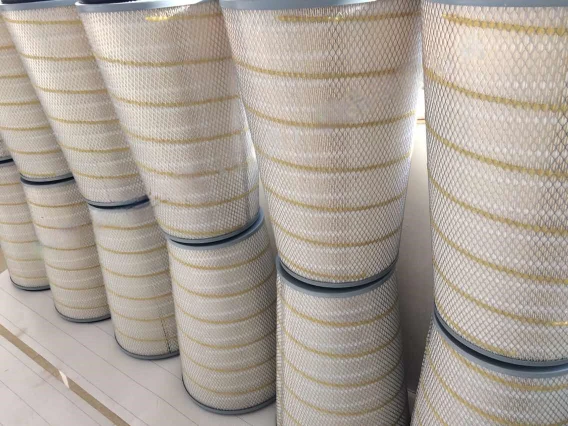
(dust extractor filter cartridge)
FAQS on dust extractor filter cartridge
Q: What is a dust extractor filter cartridge?
A: A dust extractor filter cartridge is a cylindrical filtration component for industrial vacuum systems. It captures fine dust particles generated during woodworking, metal grinding, or construction tasks. This replaceable cartridge ensures cleaner air exhaust and prolongs equipment life.Q: Why choose a fine cartridge filter for a dust extractor?
A: Fine cartridge filters excel at trapping microscopic dust particles down to 0.3 microns, ensuring cleaner workspace air. They reduce respiratory hazards and meet strict health regulations like HEPA standards. Their pleated design also offers superior airflow and longer service life compared to standard bags.Q: When should I replace my dust extractor cartridge filter?
A: Replace your dust extractor cartridge filter when airflow noticeably decreases or visible dust escapes the exhaust. Typical intervals range every 6-12 months, depending on usage intensity. Always check your equipment manual for brand-specific maintenance schedules.Q: How do I maintain a dust extractor filter cartridge?
A: Regularly clean the cartridge using compressed air or specialized filter cleaners to dislodge trapped debris. Ensure proper sealing with gaskets when reinstalling. Store backups in dry conditions to prevent moisture damage.Q: Are all dust extractor cartridge filters compatible with any extractor model?
A: No, compatibility varies by size, thread type, and airflow specifications. Always verify the manufacturer part number against your dust extractor model before purchasing. Using incorrect cartridges can cause leaks or reduced filtration efficiency.-
Smart Filtration with Advanced Dust Cartridge TechnologyNewsJul.21,2025
-
Reliable Air Protection from Leading Gas Turbine Filter ManufacturersNewsJul.21,2025
-
Premium Air Filtration Solutions with Advanced Air Filter Cartridge TechnologyNewsJul.21,2025
-
Optimizing Industrial Air Quality with Dust Collector Filter CartridgeNewsJul.21,2025
-
Industrial Air Quality Enhancement with Advanced Filter CartridgeNewsJul.21,2025
-
High-Efficiency Protection with Advanced Gas Turbine FiltersNewsJul.21,2025

 Email:
Email:
